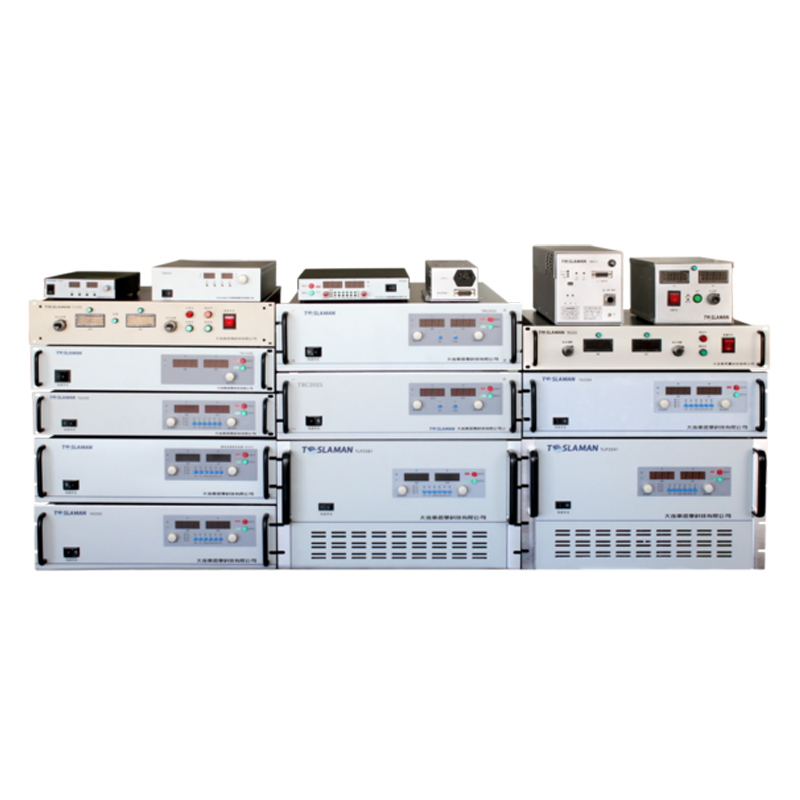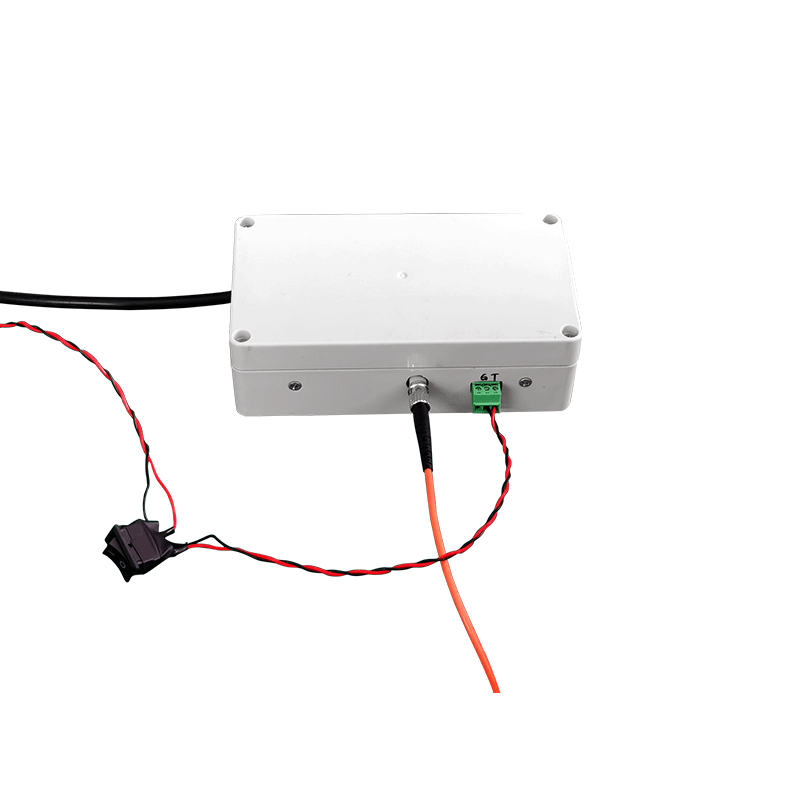The Crucial Role of High-Voltage Power Supplies in Photomultiplier Tubes
Photomultiplier tubes are extremely important light-detecting devices and play an indispensable role in numerous fields such as nuclear physics research, spectral analysis, and medical imaging. In terms of the normal operation and performance exertion of photomultiplier tubes, high-voltage power supplies play a vital and crucial role.
Firstly, high-voltage power supplies provide the high-voltage environment required for the operation of photomultiplier tubes. The basic working principle of photomultiplier tubes is based on the photoelectric effect and secondary electron emission. When photons impinge on the photocathode of a photomultiplier tube, the photocathode emits photoelectrons. These photoelectrons accelerate under the action of an electric field and strike the subsequent dynodes, thereby exciting more secondary electrons. Through the continuous action of multiple dynodes, a large number of electrons can finally be obtained at the anode, forming a detectable current signal. To achieve the effective acceleration of photoelectrons between the electrodes and the full excitation of secondary electrons, it is necessary to rely on a high-voltage power supply to provide a stable and appropriate high voltage. Usually, the working voltage required by a photomultiplier tube may reach several hundred volts or even over a thousand volts. Only with a sufficiently high voltage can it be ensured that the photoelectrons have enough energy to realize an efficient multiplication process in the dynode system, thereby guaranteeing that the photomultiplier tube can output a sufficiently strong and accurately detectable electrical signal.
Secondly, the stability of the high-voltage power supply directly affects the performance stability of the photomultiplier tube. In actual applications, whether it is during the long-term data acquisition process in scientific experiments or in the continuous monitoring scenarios on industrial production lines, it is required that the photomultiplier tube can work continuously and stably and output stable and reliable signals. If the voltage of the high-voltage power supply fluctuates, even if it is a relatively small fluctuation, it will cause the acceleration situation of the photoelectrons between the dynodes to change, making the number and regularity of secondary electron emissions no longer stable. This will be directly reflected in the output signal of the photomultiplier tube, manifested as the undulating intensity of the signal and the increase in signal noise. For example, in spectral analysis applications, an unstable high-voltage power supply may cause the measured spectral curve to have glitches, deformations, etc., seriously affecting the accurate analysis and judgment of the spectral characteristics of substances.
Furthermore, the precision of the high-voltage power supply has an important impact on performance indicators such as the resolution of the photomultiplier tube. Photomultiplier tubes are required to be able to accurately distinguish light signals of different intensities in some fields with high precision requirements, such as the measurement of radioactive isotopes and the detection of weak light signals. To a certain extent, the precision of the voltage provided by the high-voltage power supply determines the precision of the photomultiplier tube's response to light signals. A higher-precision high-voltage power supply enables the photomultiplier tube to multiply electrons and output signals more accurately according to its inherent characteristics under different light intensity inputs, thereby improving the photomultiplier tube's ability to distinguish subtle changes in light signal intensity and helping to obtain more accurate measurement results and clearer detection images.
In conclusion, high-voltage power supplies play an extremely crucial role in photomultiplier tubes. They not only provide the necessary high-voltage working conditions for photomultiplier tubes, but also their stability and precision are directly related to important indicators such as the performance stability, signal accuracy, and resolution of photomultiplier tubes. In the continuously developing field of photodetection technology, continuously optimizing the performance of high-voltage power supplies is of great significance for giving full play to the advantages of photomultiplier tubes and promoting the in-depth development of related applications.




















